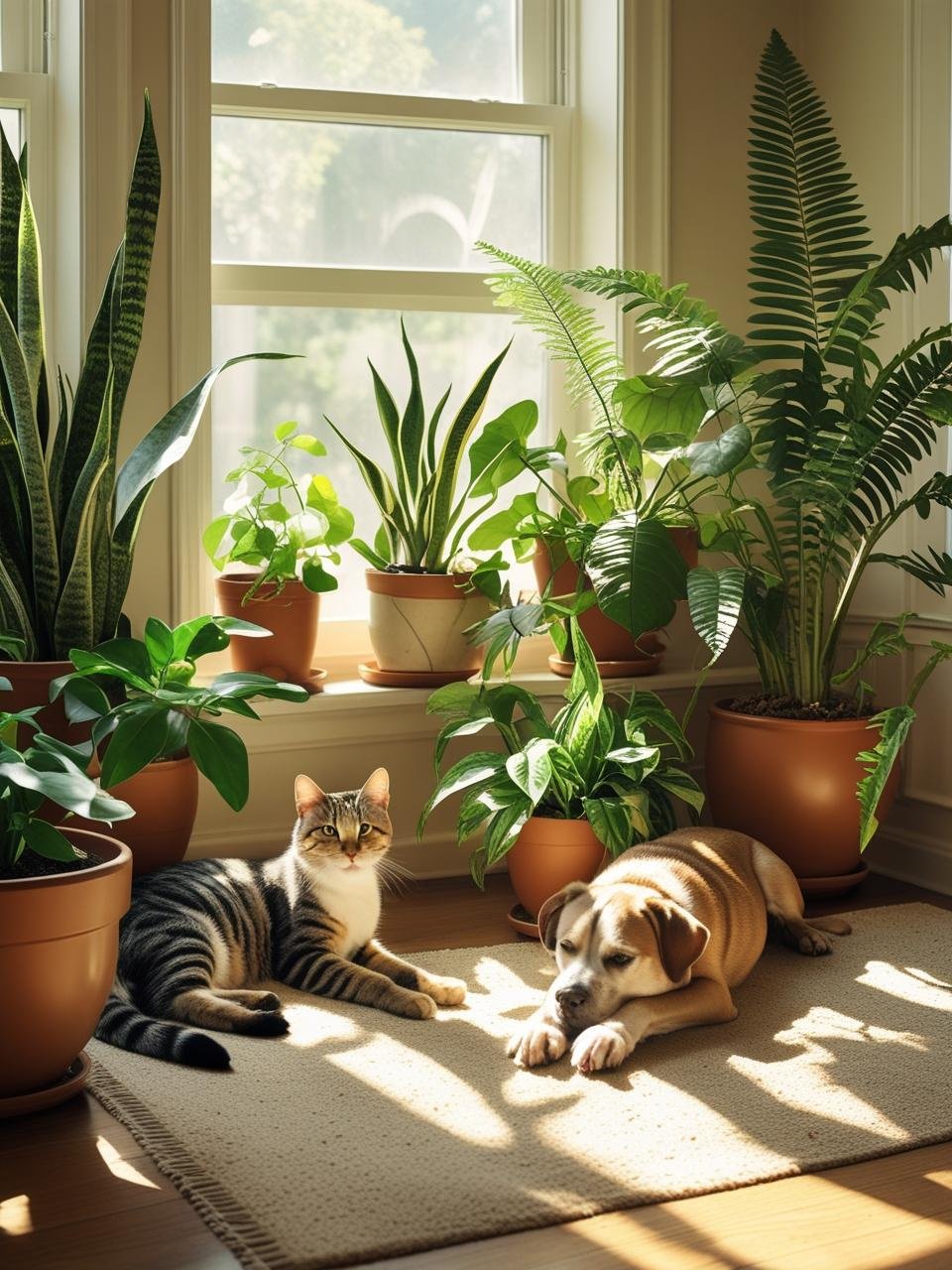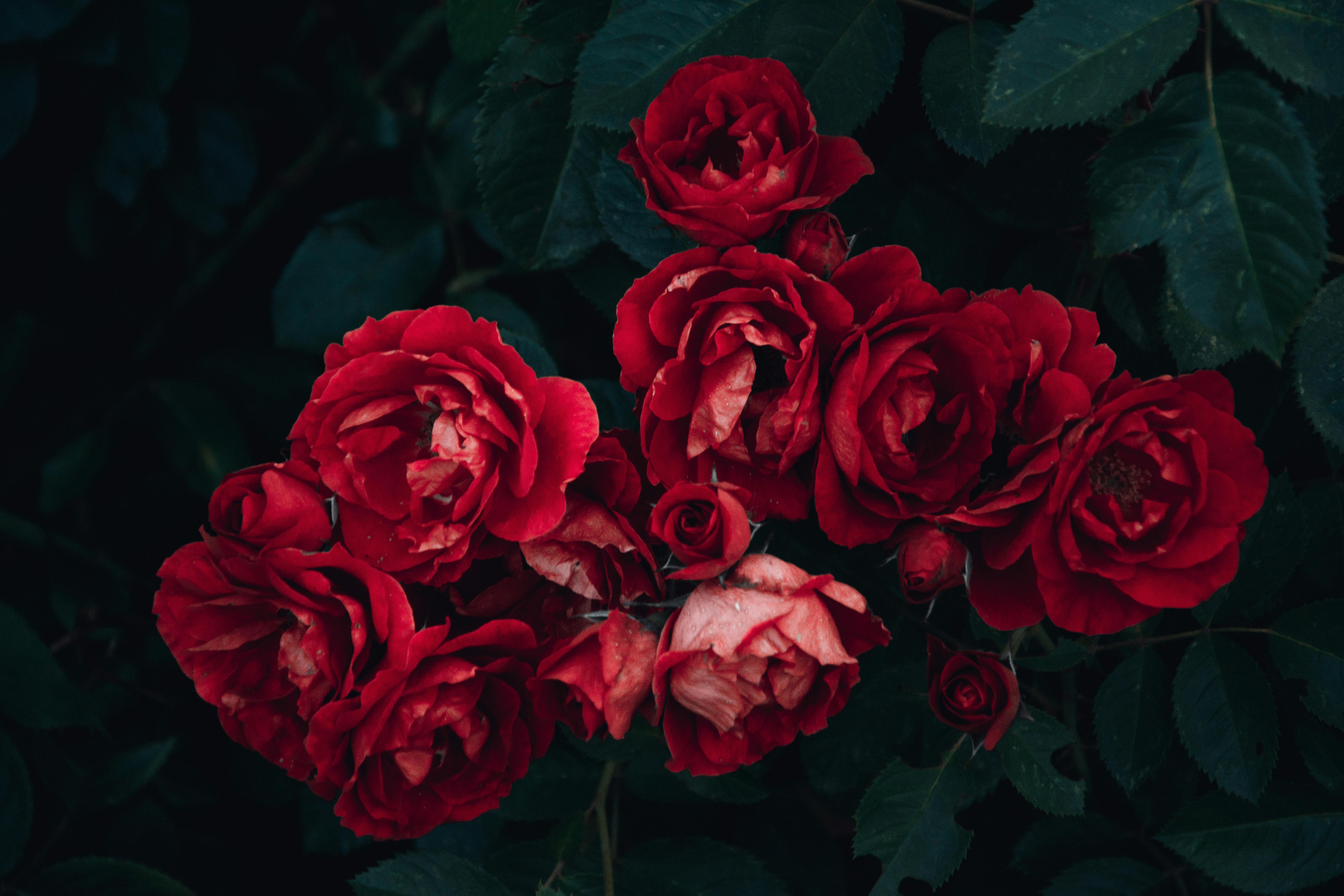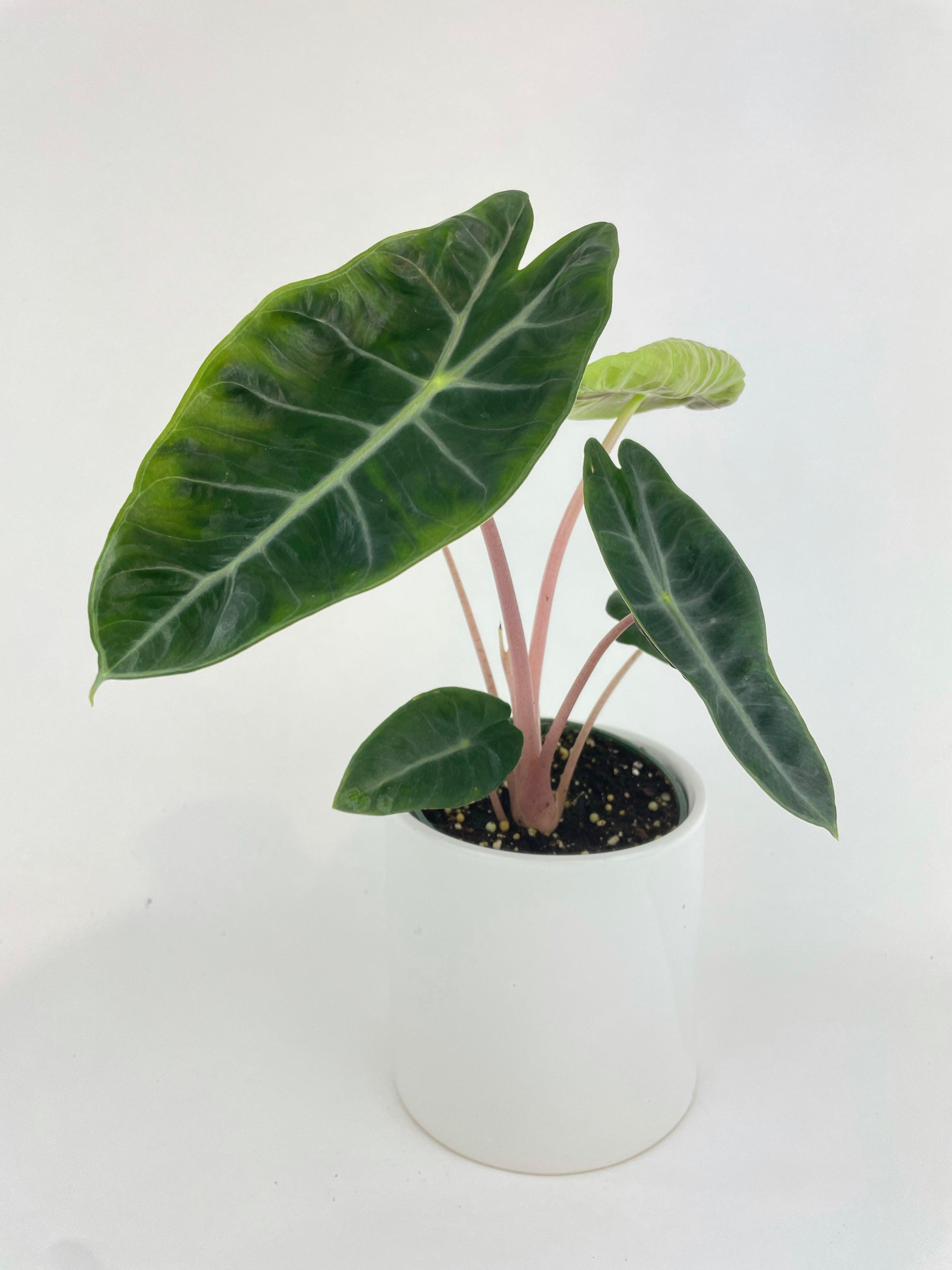Windows on Leaves: The Glamour of Plant Fenestrations
In the enchanting world of botany, where every leaf holds a story, one phenomenon stands out: Plant Fenestrations. The term might sound like a scientific puzzle, but fear not, for we are about to embark on a journey to unravel the secrets behind these natural windows on leaves. Imagine peering into a lush forest and noticing leaves that seem to have tiny portals – these are the captivating fenestrations we'll delve into today.
Decoding the Functionality of Leaf Windows
Now that we've set the stage with the allure of Plant Fenestrations, let's delve into the functional aspects of these leafy marvels. What purpose do these natural windows serve in the grand design of a plant's life?
Unveiling Nature's Blueprint
At the heart of the matter is the intricate design embedded in the foliage. The function of leaf windows becomes clearer when we consider the strategic placement of these openings. Nature, in its infinite wisdom, has bestowed plants with fenestrations to optimize their sunlight absorption. These "windows" act as specialized structures, allowing the plant to regulate the amount of sunlight it receives.
Photosynthesis in Focus
The lifeblood of plants is intimately tied to the presence of fenestrations. As sunlight streams through these natural openings, chlorophyll-laden cells harness the energy required for this miraculous process. It's a delicate dance between light and foliage, and fenestrations play a crucial role in ensuring plants receive just the right amount of sunlight for optimal growth.
Transpiration and Temperature Regulation
Beyond their role in photosynthesis, leaf windows contribute to the plant's overall well-being by aiding in transpiration. These openings facilitate the exchange of gases, allowing the plant to release excess water vapor and maintain a delicate balance in its internal environment. Additionally, fenestrations assist in temperature regulation, preventing overheating during scorching days. As we unravel the functional intricacies of leaf windows, it becomes evident that Plant Fenestrations are not mere adornments but essential features woven into the fabric of a plant's survival strategy.
Plants Adorned with Fenestrated Leaves
Having explored the functionality of leaf windows, let's now turn our attention to the vibrant array of plants that boast fenestrated leaves. Nature's palette is rich, and within it, we find a tapestry of diversity, each plant showcasing its unique take on this fascinating botanical feature.
The Iconic Swiss Cheese Plant
One cannot delve into fenestrated leaves without encountering the iconic Monstera Deliciosa, commonly known as the Swiss Cheese Plant. With its large, perforated leaves resembling a slice of holey cheese, this tropical beauty has become a symbol of botanical elegance. As we admire its distinctive foliage, we gain insight into how fenestrations contribute to the Monstera's thriving existence in its native rainforest habitat.
Fenestrations in the Philodendron Family
Beyond the Monstera, the Philodendron family unveils a captivating array of fenestrated wonders. From the heart-shaped leaves of Philodendron Cordatum to the velvety foliage of Philodendron Mamei, these plants showcase the versatility of fenestrations across different species. Exploring the Philodendron family's diversity provides a deeper appreciation for how nature weaves patterns of openings into leaves with such finesse.
Exploring Exotic Ferns
Ferns, with their delicate fronds and intricate patterns, also join the fenestration showcase. Certain fern species, such as the Maidenhair Fern (Adiantum spp.), boast leaves adorned with tiny openings. This adaptation allows ferns to thrive in various environments, from humid rainforests to dappled sunlight-filled woodlands.
Dive into the World of Alocasia
Alocasia, commonly known as Elephant Ear, contributes its chapter to the fenestration narrative. With leaves that mimic the ears of an elephant, Alocasia varieties exhibit fenestrations that add a touch of architectural marvel to the plant kingdom. Exploring Alocasia's fenestrated leaves offers a glimpse into the adaptation strategies these plants employ to thrive in tropical landscapes.
As we traverse this botanical journey, the diversity of fenestrated plants unfolds like a living gallery, each specimen contributing its unique brushstroke to the canvas of nature.
Global Odyssey - Where Fenestrated Beauties Flourish
Now that we've marveled at the diverse flora adorned with fenestrated leaves, let's embark on a global odyssey to discover the geographical landscapes where these botanical wonders thrive. From lush rainforests to arid deserts, Plant Fenestrations have found their niche in some of the most captivating corners of the world.
Tropical Rainforests
The heart of fenestrated foliage lies in the tropical rainforests, where humidity is high, and sunlight filters through the dense canopy. Regions like the Amazon Rainforest, home to an abundance of plant species, showcase an array of fenestrated wonders. Here, plants like Monstera and Philodendron flourish, utilizing their leaf windows to capture the filtered sunlight that dances through the towering trees.
Adaptation in the Desert
Contrary to the misconception that fenestrated leaves are exclusive to humid environments, some plants have adapted to thrive in arid landscapes. Certain succulents, like the Aloe Vera plant, proudly display fenestrations as part of their water-conserving strategy. These openings allow for efficient gas exchange while minimizing water loss, making them well-suited for survival in desert conditions.
Tropical Woodlands
As we move beyond rainforests and deserts, tropical woodlands emerge as another haven for fenestrated beauties. Ferns, with their delicate fronds, find a comfortable niche in these environments. Dappled sunlight and a slightly lower humidity create the perfect conditions for ferns like the Maidenhair Fern to display their intricate fenestrations.
Fenestrations in Cultivation
Beyond their natural habitats, fenestrated plants have found a place in our homes and urban spaces. Indoor gardening enthusiasts have embraced the beauty of Monstera, Philodendron, and other fenestrated varieties, bringing a touch of the exotic into living spaces. Understanding the global distribution of fenestrated plants adds a layer of appreciation for their adaptability to diverse climates.
Bringing Fenestrated Plants into Your Space
Having explored the natural habitats where fenestrated plants thrive, let's shift our focus to the realm of cultivation. For plant enthusiasts and indoor gardeners, the allure of bringing these botanical marvels into personal spaces is undeniable. Let's unravel the secrets of cultivating fenestrated plants and the joy they can bring to your home.
Right Species for Indoor Spaces
Selecting the appropriate fenestrated plant for your indoor space involves considering factors like light conditions, humidity levels, and available space. While the iconic Monstera and Philodendron varieties are popular choices, it's essential to explore options like Alocasia and ferns, each offering unique characteristics and care requirements.
Finding the Sweet Spot
Understanding the lighting needs of fenestrated plants is crucial for their well-being. While many thrive in bright, indirect light, some species, like Aloe Vera, may prefer more direct sunlight. Balancing light conditions ensures that the leaf windows function optimally, contributing to the plant's overall health and vibrancy.
Nurturing the Roots
Providing the right soil mix and maintaining a proper watering schedule are fundamental aspects of fenestrated plant care. These plants often prefer well-draining soil to prevent waterlogging, and a consistent watering routine helps mimic their natural environments. Striking the right balance is key to fostering a thriving indoor garden filled with fenestrated beauty.
Creating a Tropical Haven
Many fenestrated plants hail from tropical climates, and replicating these conditions indoors contributes to their well-being. Strategies such as misting, grouping plants to create humidity microenvironments, and using pebble trays can enhance the humidity around your fenestrated wonders, allowing them to flourish in an indoor tropical haven.
Fenestrations as Living Art
Beyond their care requirements, fenestrated plants add a touch of living art to your space. The unique patterns of their leaves, coupled with the functional elegance of fenestrations, create a captivating visual display. Cultivating these plants becomes not just a hobby but a form of botanical expression, turning your space into a green sanctuary.
In this section, we've touched on the practical aspects of cultivating fenestrated plants indoors, ensuring a harmonious relationship between these botanical wonders and their human caretakers.
Conclusion
In our journey through the lush landscapes of fenestrated leaves, we've unraveled the mysteries of Plant Fenestrations – nature's living masterpieces. From understanding the crucial role these leafy windows play in a plant's life to exploring the diverse array of species proudly showcasing fenestrations, and from tracing their global distribution to bringing the enchantment into our homes through cultivation, the glamour of Plant Fenestrations has cast its spell on us. As we conclude our exploration, it's evident that fenestrated leaves are not just botanical features; they are storytellers, each opening revealing a chapter in the intricate narrative of nature's design. In a world where greenery is more than just a backdrop, cultivating fenestrated plants becomes an invitation to witness the poetry of nature within the confines of our homes. As we bid farewell to this botanical odyssey, let the glamour of Plant Fenestrations linger in your mind like a vivid dream. The next time you stroll through a garden or glance at the potted greens in your living space, take a moment to appreciate the living artistry of fenestrated leaves – a reminder that, in the world of plants, even the smallest openings can be windows to a world of wonder. Remember it's not just a leaf – it's a window to a world of wonder.










































